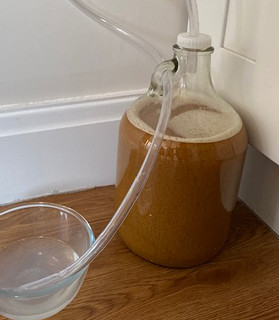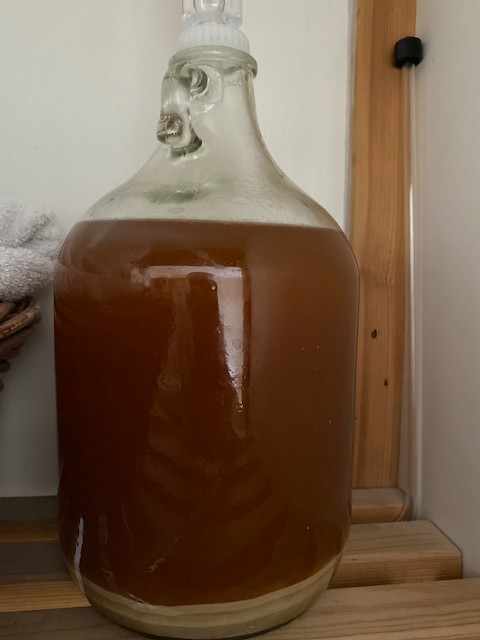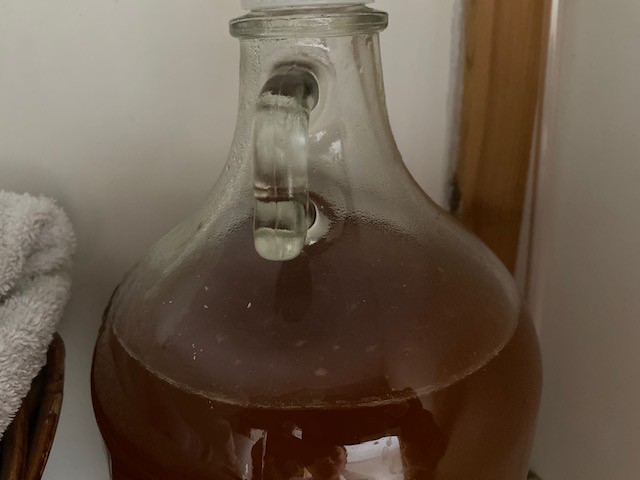BGM
New Member
- Joined
- Apr 26, 2020
- Messages
- 17
- Reaction score
- 1
Hello everyone,
I am a new member and have just brewed my first batch. I am extremely new to this but I was given a Brooklyn Brewhouse Punk IPA set for Christmas so I thought I would start with that and see how it goes first. I have attached a link to an image of where my beer is at currently and I am just unsure if it's how it's should look etc so any advice would be greatly appreciated. I'll give a bit of detail first.
I started the process on Thursday early afternoon and followed all the instructions correctly and precisely and poured my wort into the fermenter later on in the day. After letting it cool to the correct temperature I pitched the yeast and gave it a good shake then left if in a dark place at room temperature. As of this morning this is where it is at,
LINK TO PHOTO...Click here to view image

This has been like this since yesterday morning. I put a black mark on the bottle last night to see if the sedement was falling at all but it doesn't seem to be anymore? The bubble rate is currently about 1 per minute and according to the instructions I should be replacing the blow tube today with the airlock I currently have sanitising? I have read that some people have had to repitch and I do actually have another yeast packet identical to the one I used previously but again I am unsure.
Any advice would be a great help,
Cheers,
BGM
I am a new member and have just brewed my first batch. I am extremely new to this but I was given a Brooklyn Brewhouse Punk IPA set for Christmas so I thought I would start with that and see how it goes first. I have attached a link to an image of where my beer is at currently and I am just unsure if it's how it's should look etc so any advice would be greatly appreciated. I'll give a bit of detail first.
I started the process on Thursday early afternoon and followed all the instructions correctly and precisely and poured my wort into the fermenter later on in the day. After letting it cool to the correct temperature I pitched the yeast and gave it a good shake then left if in a dark place at room temperature. As of this morning this is where it is at,
LINK TO PHOTO...Click here to view image

This has been like this since yesterday morning. I put a black mark on the bottle last night to see if the sedement was falling at all but it doesn't seem to be anymore? The bubble rate is currently about 1 per minute and according to the instructions I should be replacing the blow tube today with the airlock I currently have sanitising? I have read that some people have had to repitch and I do actually have another yeast packet identical to the one I used previously but again I am unsure.
Any advice would be a great help,
Cheers,
BGM
Last edited by a moderator:








